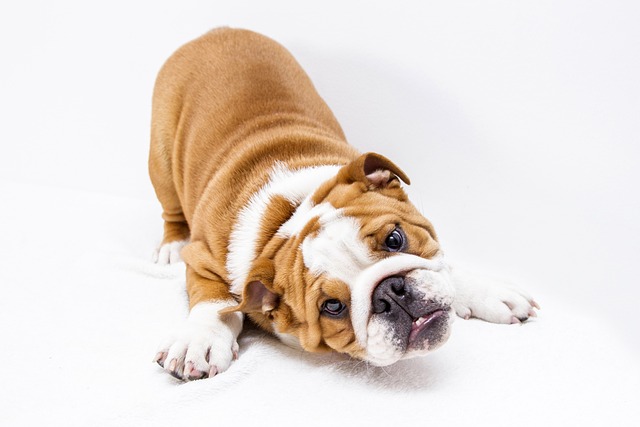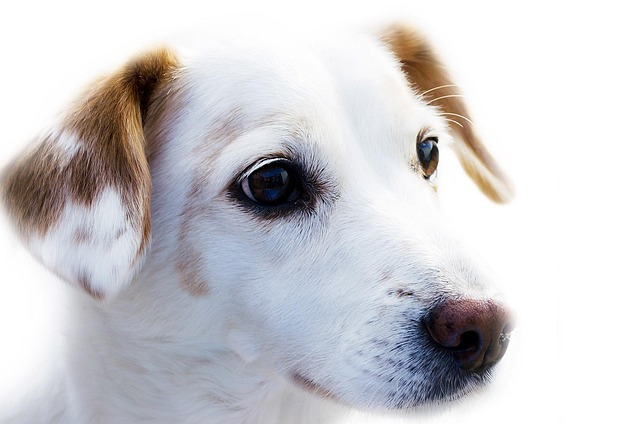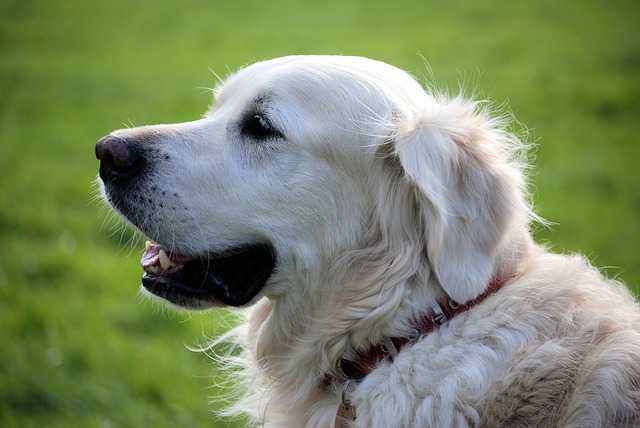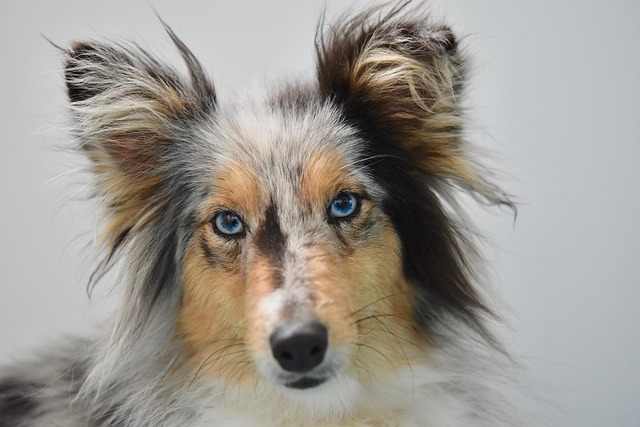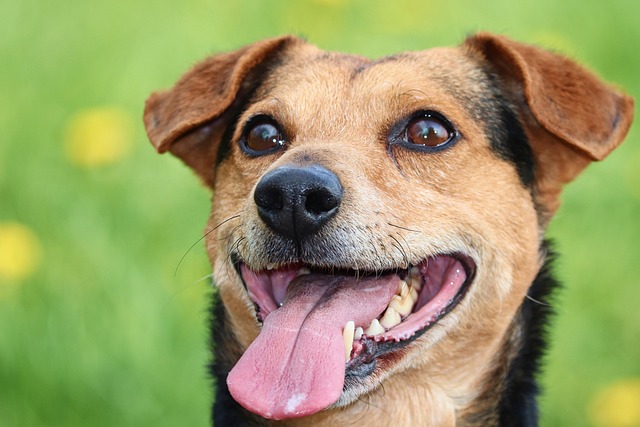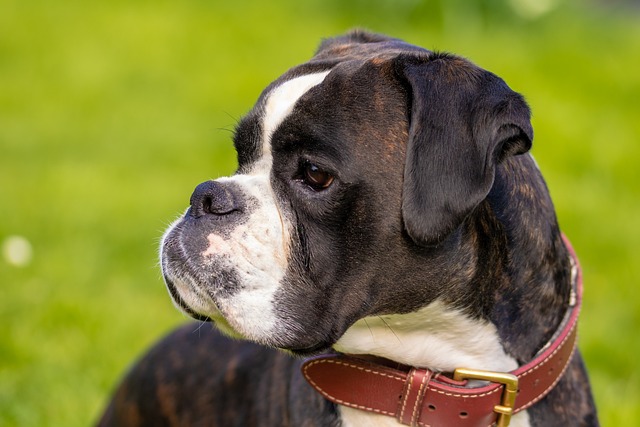Watching the dog limping due to hip dysplasia and even unable to run and play normally, the heartache and sadness are beyond words. Hip dysplasia is like an "invisible shackle" that restricts the dog's freedom and vitality. As owners, we desperately hope to have a "key" to unlock the shackles for our furry friends and let them run happily again. Treating a dog's hip dysplasia requires not only professional medical knowledge but also full love and patience, and we need to safeguard their health and happiness in every aspect of the treatment.
Hip dysplasia is a hereditary disease commonly found in dogs, especially in medium and large dogs. The root cause of the disease is the abnormal development of the hip joint, where the acetabulum and the femoral head cannot match properly, resulting in a decrease in joint stability. As the disease progresses, the joint cartilage gradually wears out, and bone hyperplasia occurs, leading to symptoms such as pain and lameness, which seriously affect the dog's quality of life. Facing such a disease, we need to formulate personalized treatment plans according to the specific conditions of the dog and provide them with help from multiple dimensions.
Conservative treatment is a treatment method that many owners and veterinarians will give priority to, and it is suitable for dogs with mild conditions. First of all, weight control is a crucial part. Excessive weight will increase the burden on the hip joint and accelerate joint wear. Therefore, it is essential to strictly control the dog's diet and provide nutritionally balanced and low-calorie food. We need to accurately calculate the daily food intake according to the dog's age, weight, and activity level and avoid overfeeding. At the same time, choosing foods rich in Omega-3 fatty acids, such as salmon and flaxseeds, can help reduce joint inflammation and promote joint health. Watching the dog gradually control its weight within a reasonable range under our careful care, we seem to see the dawn of hope.
In addition to diet control, appropriate exercise is also very important for improving the dog's hip joint condition. However, the exercise must be scientific and reasonable to avoid further damage to the joint caused by strenuous exercise. Swimming is an ideal form of exercise. The buoyancy of the water can reduce the pressure on the joint and exercise the dog's muscle strength. We can take the dog to a professional pet swimming pool every week and let it play in the water. In addition, walking is also a good choice, but we need to control the walking time and speed to allow the dog to move in a relaxed state. Every time we watch the dog happily paddling its limbs in the water or walking slowly but full of vitality during a walk, we feel extremely relieved, knowing that these efforts are gradually taking effect.
Drug treatment also plays an indispensable role in conservative treatment. Non-steroidal anti-inflammatory drugs are one of the commonly used drugs, which can effectively relieve the dog's pain and inflammation and make its life more comfortable. However, these drugs need to be used strictly according to the veterinarian's instructions, because improper use may bring some side effects, such as gastrointestinal discomfort. At the same time, some joint protectants, such as glucosamine and chondroitin, can help repair and protect the joint cartilage and slow down the process of joint degeneration. We carefully give the medicine to the dog. Watching it gradually relieve the pain and fall asleep peacefully under the effect of the medicine, our hearts are full of distress, and we just hope that these drugs can make it suffer less.
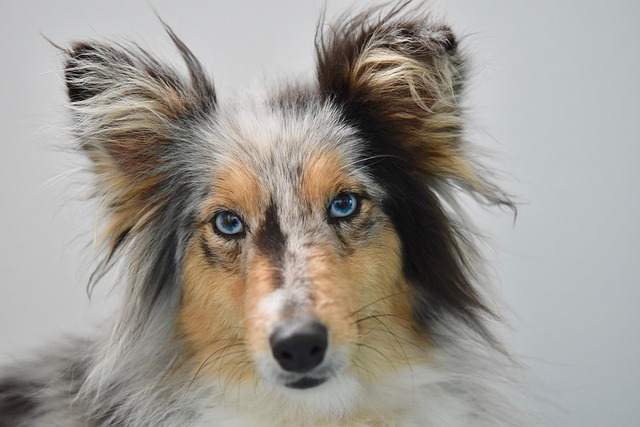
When the dog's condition is severe and conservative treatment is not effective, surgical treatment may become a necessary choice. Hip replacement surgery is one of the more effective surgical methods. Through the surgery, replacing the damaged hip joint with an artificial joint can fundamentally solve the joint problem and restore the dog's mobility. However, the surgical process is full of challenges. It not only requires extremely high technical skills from the veterinarian, but also the postoperative care is crucial. Before the surgery, we accompany the dog to undergo various examinations with anxiety and give it encouragement and comfort. During the surgery, we wait anxiously and silently pray for the success of the surgery. After the surgery, we carefully take care of the dog and help it with rehabilitation training according to the veterinarian's guidance. Every time we change the dressing for the dog and help it walk during rehabilitation, we are very careful, for fear of accidentally injuring it again. When we see the dog gradually recover after the surgery and stand up and try to walk, the joy and touch at that moment are beyond words, and all the efforts are worthwhile.
In addition to the above treatment methods, physical therapy can also provide strong support for the dog's recovery. Massage can promote blood circulation, relieve muscle tension, and reduce joint pain. We can learn some simple massage techniques and massage the muscles around the dog's hip joint every day to let it feel our love and care. Hot compress is also effective. Applying a warm towel to the joint can soothe the pain and promote the absorption of inflammation. During the physical therapy, we can obviously feel the dog's relaxation. It enjoys our massage and hot compress, and its eyes are full of trust, which makes us more determined to help it recover.
Treating a dog's hip dysplasia is a journey full of challenges and hopes. Whether it is the careful diet control, appropriate exercise arrangement, and cautious use of drugs in conservative treatment, or the anxious waiting and careful nursing in surgical treatment, or the gentle care in physical therapy, every link embodies our deep love for the dog. We use professional knowledge to dispel the haze of illness for them and accompany them through the difficult time of recovery with patience and love. We firmly believe that as long as we don't give up, no matter how many difficulties lie ahead, we can join hands with our sick furry friends to overcome the disease, let them regain a healthy and happy life, run freely in the sun, and regain their former vitality and laughter.
